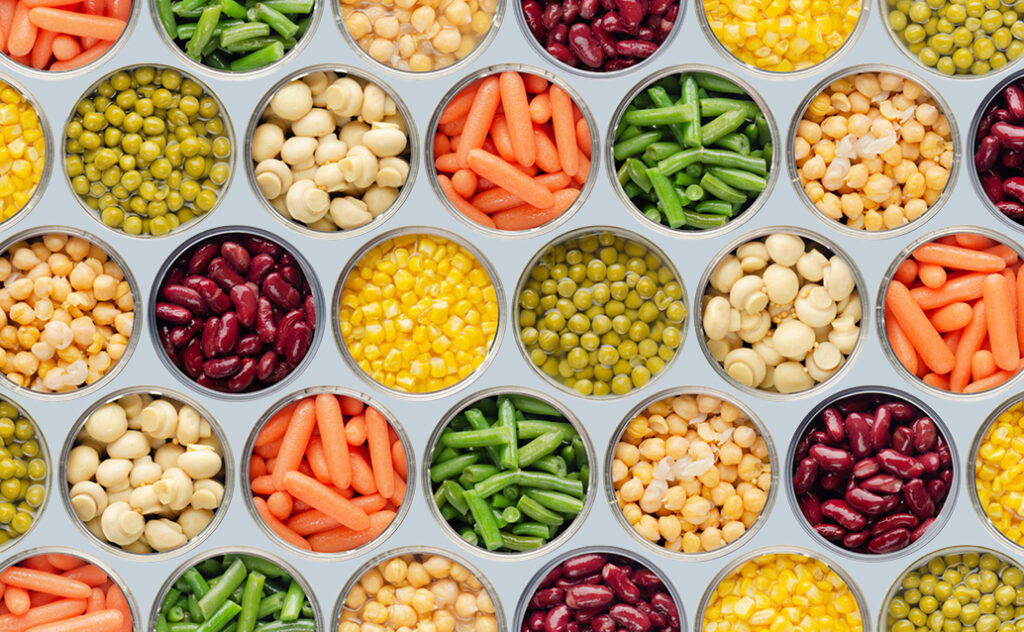
As seasons change, so do available local foods. In fact, seasonal eating is the habit of using what is locally grown and available at various times of year, and it’s often one of the recommended ways to improve the quality of your diet. But what about food that your grandma canned to last all year long? What about the canned and frozen food aisles at the grocery store? Are there meaningful differences in taste or nutrition?
To make a long story short, they can all be tasty and nutritious, and any added produce to your daily intake will make a positive impact. But there are many hidden secrets your food might be harboring.
If you follow seasonal eating habits, fresh produce is almost always your highest priority. However, even fresh produce may have been shipped, stored and preserved with coatings and chemicals to make it last. Fresh, canned, fermented and frozen produce options all have their benefits and drawbacks, so why do the latter three get such a bad reputation? And, with all these options, how can you choose the best one? Let’s breakdown each one:
Since canning often involves cooking produce before storing it, this option may be best for those with little time on their hands. However, the amount of preserving agent – sodium, which is found in salt – put in canned foods can also be quite high, making it a poor choice for a heart-healthy diet. Luckily, many brands have low and reduced-sodium options.
Foods that have undergone jarred fermentation are growing in popularity. Pickles and sauerkraut are the ones people are most familiar with, but there is an ever-increasing variety of fermented and pickled foods to choose from. These foods, which are jam-packed with micronutrients and good gut bacteria, offer crisp freshness with a new flavor, but still maintain a healthy profile. Sticking with natural fermentation, rather than vinegar-based options, will ensure the food remains within healthy sodium levels.
Frozen produce is often processed hours after harvest, which locks in many of the nutrients people seek from their fruits and vegetables. The cold, rather than sodium, acts as a preservative, making it a solid option for those on a heart-healthy diet. This option isn’t the best for raw consumption due to the frozen or thawed texture, so cooking, baking or blending this produce is a great way to absorb the maximum amount of nutrition from these foods.
Options at the supermarket may be changing and growing faster than ever, and each recipe calls for something different. Next time you visit your local grocery store or market, take some time to read the labels and explore the options of the canned, fermented and frozen food isles. You may find a new favorite snack just around the corner!
Passionate about promoting healthy habits in your community? Explore American College of Education’s fully online M.Ed. in Health and Wellness Education or Master of Public Health.

